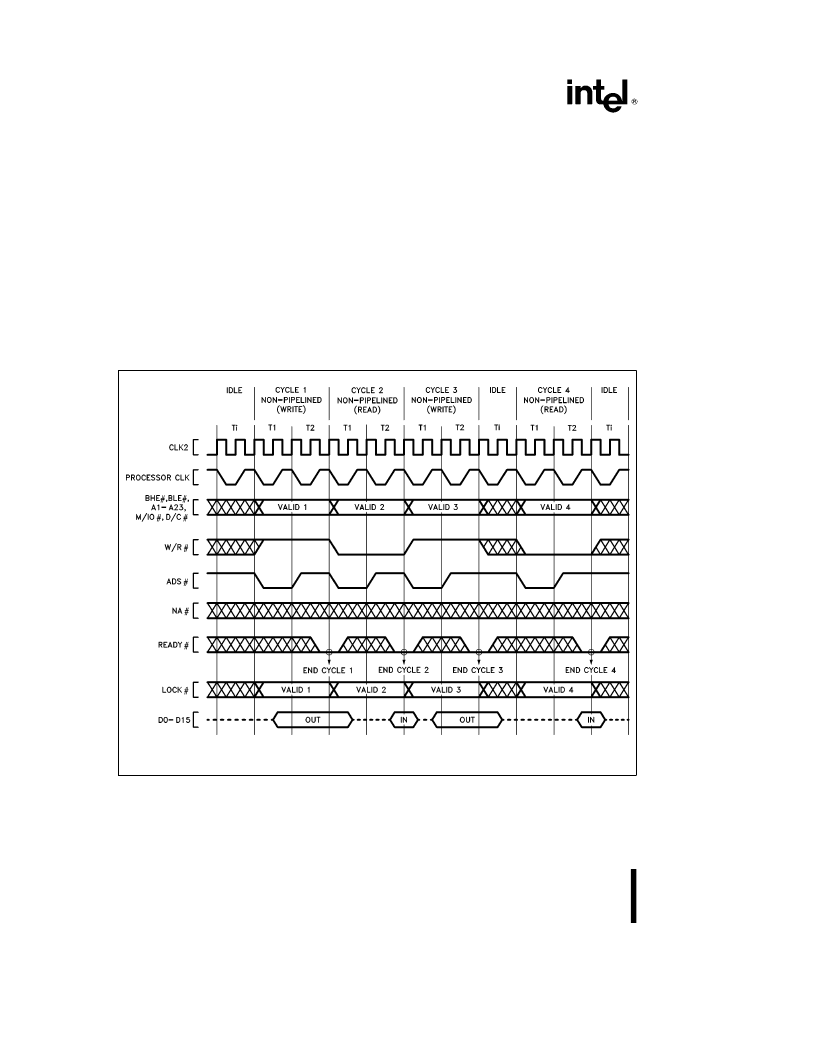- 您現(xiàn)在的位置:買(mǎi)賣IC網(wǎng) > PDF目錄373200 > KU386 (Intel Corp.) SX MICROPROCESSOR PDF資料下載
參數(shù)資料
| 型號(hào): | KU386 |
| 廠商: | Intel Corp. |
| 英文描述: | SX MICROPROCESSOR |
| 中文描述: | SX微處理器 |
| 文件頁(yè)數(shù): | 48/102頁(yè) |
| 文件大小: | 1268K |
| 代理商: | KU386 |
第1頁(yè)第2頁(yè)第3頁(yè)第4頁(yè)第5頁(yè)第6頁(yè)第7頁(yè)第8頁(yè)第9頁(yè)第10頁(yè)第11頁(yè)第12頁(yè)第13頁(yè)第14頁(yè)第15頁(yè)第16頁(yè)第17頁(yè)第18頁(yè)第19頁(yè)第20頁(yè)第21頁(yè)第22頁(yè)第23頁(yè)第24頁(yè)第25頁(yè)第26頁(yè)第27頁(yè)第28頁(yè)第29頁(yè)第30頁(yè)第31頁(yè)第32頁(yè)第33頁(yè)第34頁(yè)第35頁(yè)第36頁(yè)第37頁(yè)第38頁(yè)第39頁(yè)第40頁(yè)第41頁(yè)第42頁(yè)第43頁(yè)第44頁(yè)第45頁(yè)第46頁(yè)第47頁(yè)當(dāng)前第48頁(yè)第49頁(yè)第50頁(yè)第51頁(yè)第52頁(yè)第53頁(yè)第54頁(yè)第55頁(yè)第56頁(yè)第57頁(yè)第58頁(yè)第59頁(yè)第60頁(yè)第61頁(yè)第62頁(yè)第63頁(yè)第64頁(yè)第65頁(yè)第66頁(yè)第67頁(yè)第68頁(yè)第69頁(yè)第70頁(yè)第71頁(yè)第72頁(yè)第73頁(yè)第74頁(yè)第75頁(yè)第76頁(yè)第77頁(yè)第78頁(yè)第79頁(yè)第80頁(yè)第81頁(yè)第82頁(yè)第83頁(yè)第84頁(yè)第85頁(yè)第86頁(yè)第87頁(yè)第88頁(yè)第89頁(yè)第90頁(yè)第91頁(yè)第92頁(yè)第93頁(yè)第94頁(yè)第95頁(yè)第96頁(yè)第97頁(yè)第98頁(yè)第99頁(yè)第100頁(yè)第101頁(yè)第102頁(yè)

Intel386
TM
SX MICROPROCESSOR
Every bus cycle continues until it is acknowledged
by the external system hardware, using the Intel386
SX Microprocessor READY
Y
input. Acknowledging
the bus cycle at the end of the first T2 results in the
shortest bus cycle, requiring only T1 and T2. If
READY
Y
is not immediately asserted however, T2
states are repeated indefinitely until the READY
Y
input is sampled active.
The address pipelining option provides a choice of
bus cycle timings. Pipelined or non-pipelined ad-
dress timing is selectable on a cycle-by-cycle basis
with the Next Address (NA
Y
) input.
When address pipelining is selected the address
(BHE
Y
, BLE
Y
and A
23
–A
1
) and definition (W/R
Y
,
D/C
Y
, M/IO
Y
and LOCK
Y
) of the next cycle are
available before the end of the current cycle. To sig-
nal their availability, the Intel386 SX Microprocessor
address status output (ADS
Y
) is asserted. Figure
5.5 illustrates the fastest read cycles with pipelined
address timing.
Note from Figure 5.5 the fastest bus cycles using
pipelined address require only two bus states,
named
T1P
and
T2P
. Therefore cycles with pipe-
lined address timing allow the same data bandwidth
as non-pipelined cycles, but address-to-data access
time is increased by one T-state time compared to
that of a non-pipelined cycle.
READ AND WRITE CYCLES
Data transfers occur as a result of bus cycles, classi-
fied as read or write cycles. During read cycles, data
is transferred from an external device to the proces-
sor. During write cycles, data is transferred from the
processor to an external device.
240187–21
Idle states are shown here for diagram variety only. Write cycles are
not
always followed by an idle state. An active bus
cycle can immediately follow the write cycle.
Figure 5.6. Various Bus Cycles with Non-Pipelined Address (zero wait states)
48
相關(guān)PDF資料 |
PDF描述 |
|---|---|
| KU80C186EC25 | 16-BIT HIGH-INTEGRATION EMBEDDED PROCESSORS |
| KU80C188EC16 | 16-BIT HIGH-INTEGRATION EMBEDDED PROCESSORS |
| KU80C188EC25 | 16-BIT HIGH-INTEGRATION EMBEDDED PROCESSORS |
| KU80L186EC16 | 16-BIT HIGH-INTEGRATION EMBEDDED PROCESSORS |
| KU80L186EC20 | 16-BIT HIGH-INTEGRATION EMBEDDED PROCESSORS |
相關(guān)代理商/技術(shù)參數(shù) |
參數(shù)描述 |
|---|---|
| KU-3C-110D | 制造商:M.E.C. Relays 功能描述: |
| KU-3C-120A | 制造商:M.E.C. Relays 功能描述: 制造商:Master Electronic Controls (MEC) 功能描述: |
| KU-3C-12A | 制造商:M.E.C. Relays 功能描述: |
| KU-3C-12D | 制造商:M.E.C. Relays 功能描述: |
| KU-3C-240A | 制造商:M.E.C. Relays 功能描述: |
發(fā)布緊急采購(gòu),3分鐘左右您將得到回復(fù)。